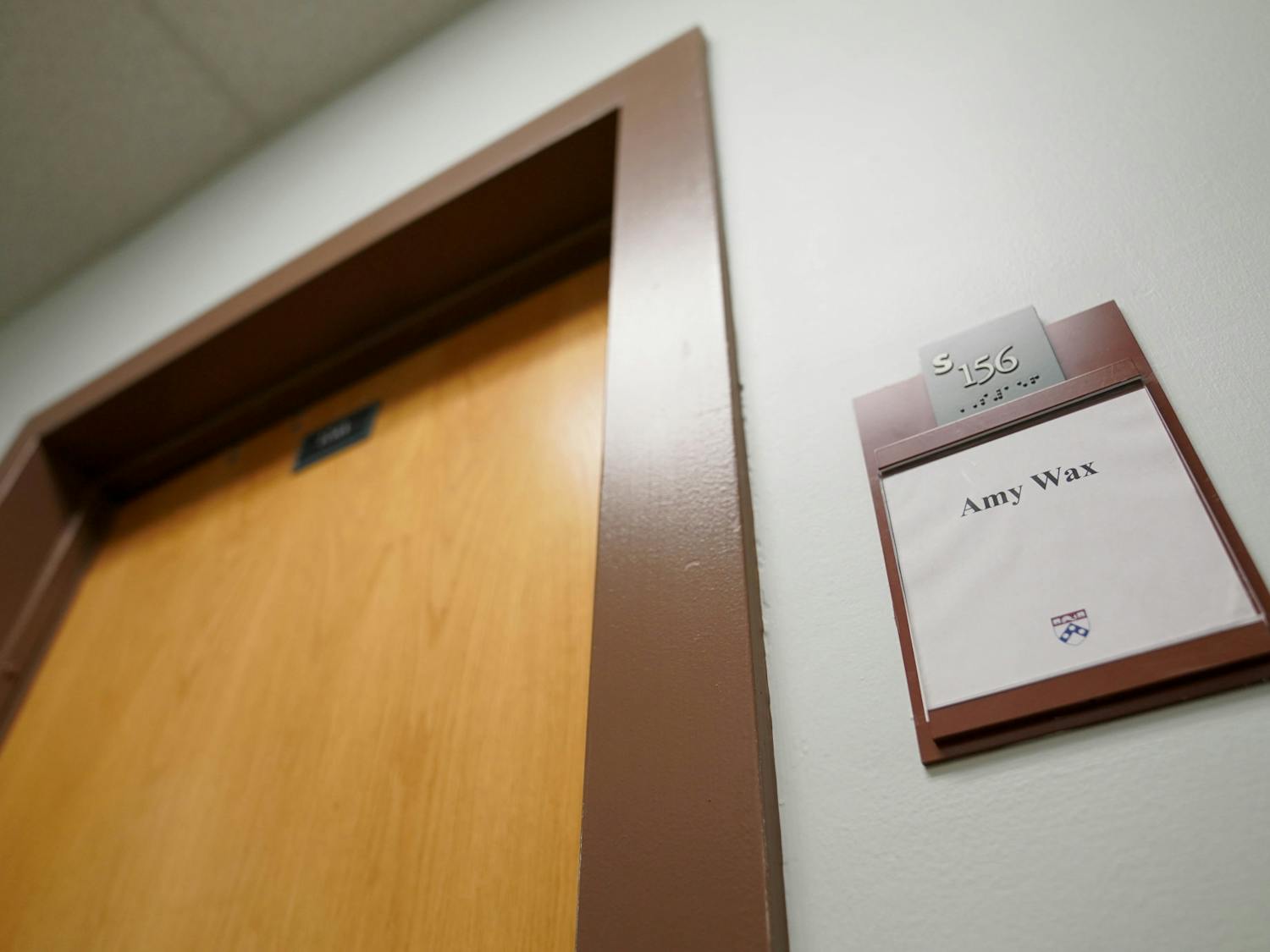College tuition costs rose dramatically in the last year at public and private institutions, though not as much as last year, according to a recent report from the College Board.
Public colleges had an average increase of 10.5 percent in tuition costs for the 2004-05 school year, while private colleges increased tuition by 6 percent. At Penn, tuition increased by 4.8 percent.
The increases were still some of the largest in the last decade, according to the annual survey of tuition costs and financial aid numbers from several thousand colleges and universities across the country.
"Given the extent of higher education's benefits to society, we need to work aggressively to close gaps in access to college," College Board President Gaston Caperton said in a statement. "It is a matter of dire importance for the country as a whole."
Average tuition and fees at private colleges were up to $20,082 this year from $18,950 for the 2003-04 school year. Adding the average cost of housing brings the total to $27,516.
Though Penn's tuition rise was lower than the national average, the cost is still significantly higher. Tuition and fees were $30,716, but added costs like meals, books, housing and personal expenses brought the total to $42,100, according to the University's financial information.
More students have been applying for financial aid at Penn in the last few years, possibly due to the recent economic recession and tuition increases, forcing Penn to keep up with the demand.
Craig Carnaroli, Penn's current executive vice president and former treasurer and senior vice president for finance, told The Summer Pennsylvanian in July that costs continue to outpace revenue from tuition increases, and Penn cannot always make up the difference.
He cited Penn's announcement of a salary freeze, bonus elimination and a lower salary pool for the coming year as helpful in deterring larger tuition increases.
The University aggressively seeks students from every financial background. Seventy-eight percent of freshmen who applied for financial aid for the 2004-05 school year received a need-based award, and the average financial aid package for incoming freshmen in 2004 was $26,300, a combination of funds from grants, loans and a part-time job.
Public universities face even larger challenges, with average tuition and fees this year at $5,132, up from $4,645 last year.
Although the tuition costs seem unbelievably high, the survey noted that average charges do not reflect what most students pay, as "almost 60 percent of undergraduate students and about three-quarters of full-time undergraduates receive some form of financial aid to help them pay for college."
Students nationwide received more than $122 billion in aid last year, an increase of 11 percent from the previous year after adjusting for inflation, the report said.
Still, financial aid is not necessarily distributed evenly. Students at four-year private institutions are paying an average price of $10,700 in 2004-05 if the average amount of financial aid is factored in from the 2003-04 numbers.
However, "these averages conceal the reality that the distribution of grant aid has changed in recent years, with a declining share of grants being awarded to the lowest-income students," the report said.
The financial aid numbers include private student loans, which are "the fastest growing component of funds used to finance college," according to the report.
Because grant aid has been slow to grow with tuition increases, students are forced to seek more loans.
The survey also noted definite variation among the institutions, meaning that many schools had tuition costs far below the average price.
The College Board reported a "range of about $31,000 between the lowest and highest tuition and fee levels in the private four-year sector and $11,000 in the public four-year sector."








